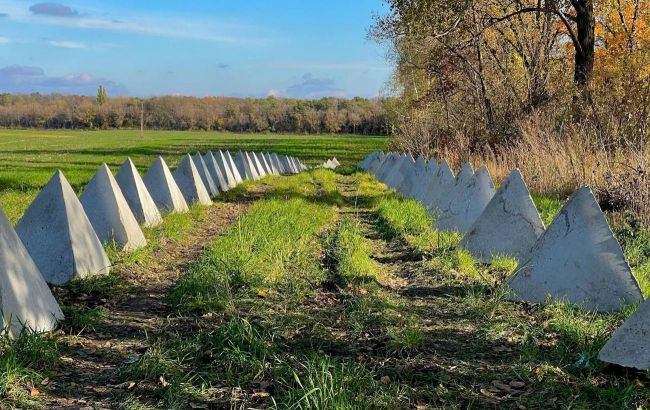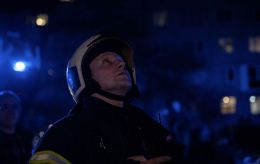Three lines: Experts detail Russian defensive fortifications
 The Russians have created three defensive lines (Photo: Russian media)
The Russians have created three defensive lines (Photo: Russian media)
Russian occupiers have established three lines of defense to protect against counteroffensive actions by the Ukrainian Armed Forces, according to military-political analyst of the "Information Resistance" group, Oleksandr Kovalenko, and the head of the Center for Military-Legal Studies, Oleksandr Musiienko.
According to satellite imagery, the multi-tiered defense of the occupiers stretches for hundreds of kilometers along the front line. On some fronts, it can extend up to 30 kilometers into the occupied south.
Musiienko states that the network of trenches and bunkers is characteristic of all defense lines, and the overall principle of their organization is quite similar.
"The difference is that the second and third lines have more concrete bunkers because that's where the command and coordination units for combat operations are located," he added.
According to the assessment of the Royal United Services Institute, the Russian defense in Ukraine looks as follows:
- First line - infantry positions
- Second line - trenches with so-called "foxholes" (full-profile trenches with niches where infantry hides from bombardments or artillery strikes). In front of the second line are the "dragon's teeth" and anti-tank ditches with a depth of 4 meters and a width of 6 meters, as well as barbed wire barriers.
- Third line - positions for heavy equipment and shelters for reserves.
Russian fortifications are considered some of the largest defensive systems ever built. They can extend along the front from Crimea to Donbas.
A military-political analyst from the "Information Resistance" group adds some clarification to the scheme. According to him, the first line serves as a supply zone, housing minefields, trenches, secret positions with anti-tank guided missile systems, and machine gun points. Its purpose is to block and halt advancing forces.
The second line is the main one, concentrating motorized infantry units, armored vehicles such as BMPs, APCs, and tanks, as well as artillery covering the first line.
"The third line is rearward. It mainly contains logistics, ammunition depots, fuel, headquarters, repair bases, command posts, and hospitals. It also includes air defense assets of various echelons. Moreover, when a breakthrough occurs from the first line to the second, the artillery is moved to the third," he explained.
For more details about the Russian defense lines and where the Ukrainian Armed Forces managed to break through, you can find information in RBC-Ukraine material.

